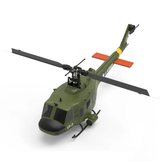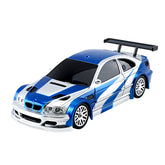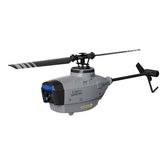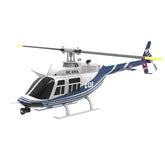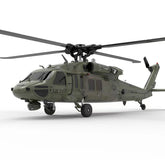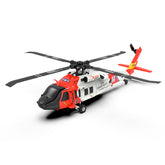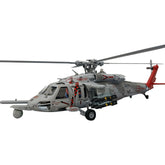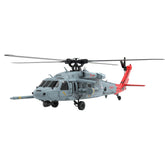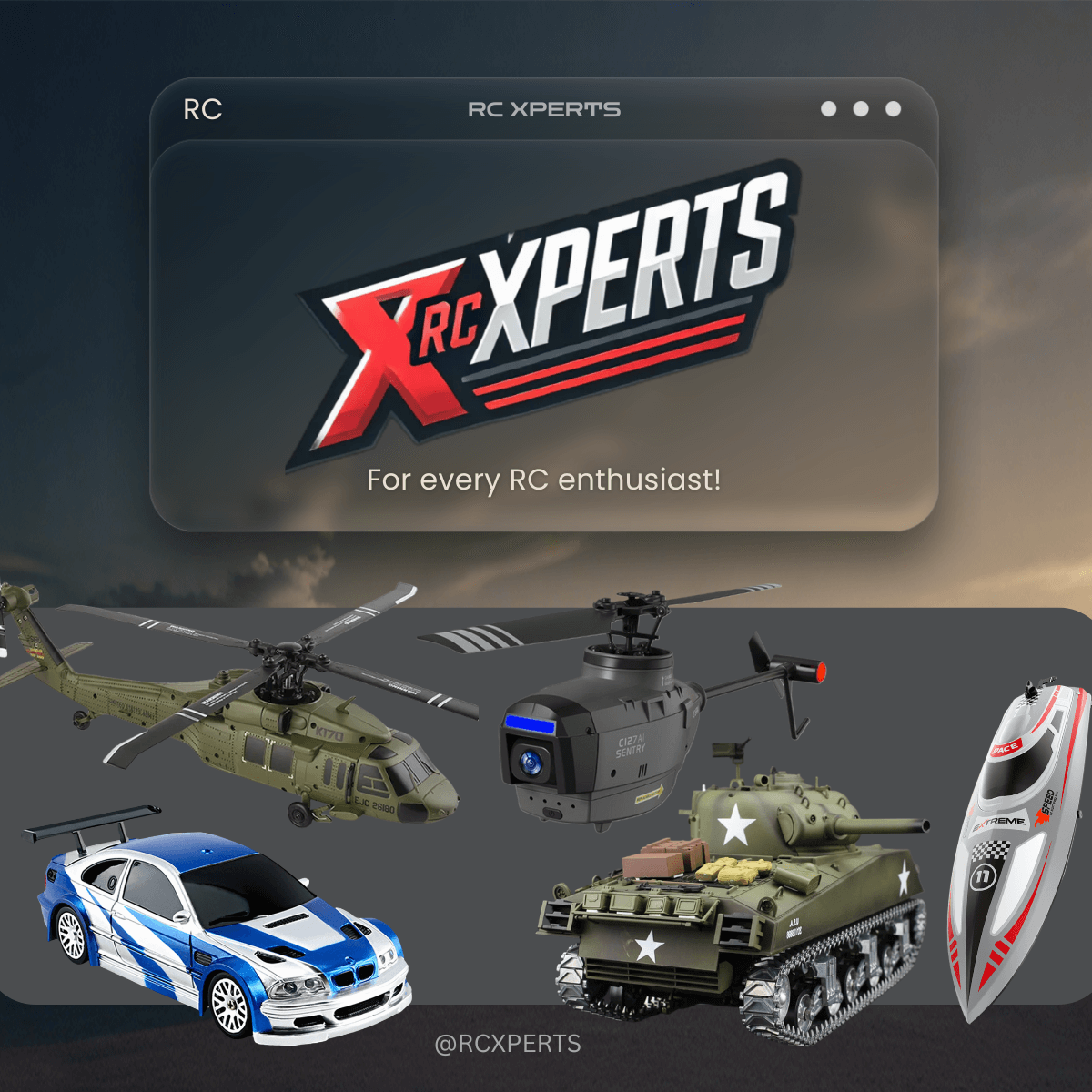Analysis of RC remote control car control: pushing the head and flipping the tail, how to control your racing car?
In RC remote-controlled car racing, "pushing head" (understeering) and "tail swing" (oversteering) are the most common control problems faced by drivers. These two phenomena not only affect lap speed, but also test drivers' comprehensive understanding of vehicle adjustment and driving skills. This article will uncover the secrets of pushing and shuffling the tail from three aspects: physical principles, adjustment strategies and practical skills.

1. The physical essence of pushing and flipping: dynamic game of grip
Cause of push head: When the current wheel grip is lower than the rear wheel, the vehicle cannot turn as expected, which is manifested as the front of the car "pushing" out of the corner.
The cause of tail swing: insufficient grip or excessive power of the rear wheels causes the rear of the car to slide outward, resulting in excessive steering.
Dynamic center of gravity transfer: When a vehicle accelerates, decelerates or turns, center of gravity transfer will significantly change the load distribution of front and rear wheels. For example:
Increase the front axle bottom dead center setting to reduce the front shock absorption extension stroke, make the front of the car closer to the ground in the curve, and increase the front wheel grip.
When the rear axle bottom dead center is set to a large position, the rear wheel grip is increased, but it may cause the center of gravity to move too much backward during acceleration, causing tail swing.
2. Key tuning parameters: Control balance from the mechanical level
Shock Absorbing System:
Spring hardness and oil pressure: The front axle uses softer springs or low-concentration shock absorber oil (such as 300cst), which can increase the grip of the front wheel and relieve the push head; the rear axle is hardened to suppress tail swing.
Shock hole position: The closer the shock absorber is to the tire on the A-arm, the higher the spring pressure transfer efficiency and the stronger the grip (Formula: Pressure transfer rate = (d1/d2)²)
Rolling center and anti-roll bar:
Lowering the rolling center of the front axle or removing the front anti-roll bar can increase the roll amplitude of the body and increase the front wheel load distribution. The hardening of the rear axle anti-roll bar can reduce the roll and reduce the risk of excessive grip release of rear wheels.
Differential settings:
The front differential lock or the use of a single head (one-way differential) can enhance the incoming response; the rear straight shaft (locking differential) can suppress the tail flutter caused by excessive force.
3. Driving skills: Use control to make up for the limits of machinery
Check and brake control:
Decelerate in advance before entering the corner to avoid excessive shift of the center of gravity to cause the thrust; give oil linearly when exiting the corner to prevent the rear wheel from suddenly increasing the power of the rear wheel and use the "point brake" technique on the slippery road surface to avoid tire locking.
Turn to correction strategy:
When pushing the head: slightly loosen the throttle and correct the steering wheel in reverse, and use the center of gravity to restore the front wheel grip.
When flipping the tail: lightly press the brake to reduce the rear wheel speed, and balance the body with the reverse direction.
Routing optimization:
Use "outside-in-out" routes to reduce the need for steering angles; predict the shift of center of gravity in continuous corners and adjust the body posture in advance.

4. Practical adjustment cases: from theory to application
Turn the head solution:
Lower the front shock absorber to the innermost side, use a soft spring, and increase the camber angle of the front wheel (Camber -1.5°) to expand the grounding area.
The rear axle anti-roll bar is hardened to reduce the release of rear wheel grip.
Tail swing correction plan:
Rear shock absorber angle is straightened (nearly vertical), reducing the progressive compression rate; the rear wheel pitch is widened by 5mm to enhance stability
The front differential oil concentration is reduced from 5000cst to 3000cst, improving power distribution flexibility.
5. Advanced thinking: the art of balance
Dynamic weight allocation: Change the front and rear counterweights through battery position adjustment (such as rear battery), affecting the transfer amplitude of the center of gravity.
Tire and road surface adaptation: The hard drift tire needs to reset the Camber to zero, while the high-grip sponge tire is suitable for the camber setting of -1°~-2°.
Reynolds Number Trap: Shock suspension oil may cause resistance due to turbulence during high-speed compression, and tilting shock absorbers (such as 45° angle) can delay the "locking" phenomenon.
Conclusion: From adjustment to integration of people and vehicles
The control of pushing the head and flipping is essentially a driver's deep understanding of the physical limits of the vehicle and his own control habits. Through scientific adjustment parameter combinations (such as shock absorption, differential, rolling center joint adjustment) and delicate driving feedback, every RC car can be given a unique "character". Remember, the ultimate goal is not to eliminate pushes or tail flicks, but to turn them into controllable dynamic tools that create faster outgoing speeds and smoother handling experiences in corners.

